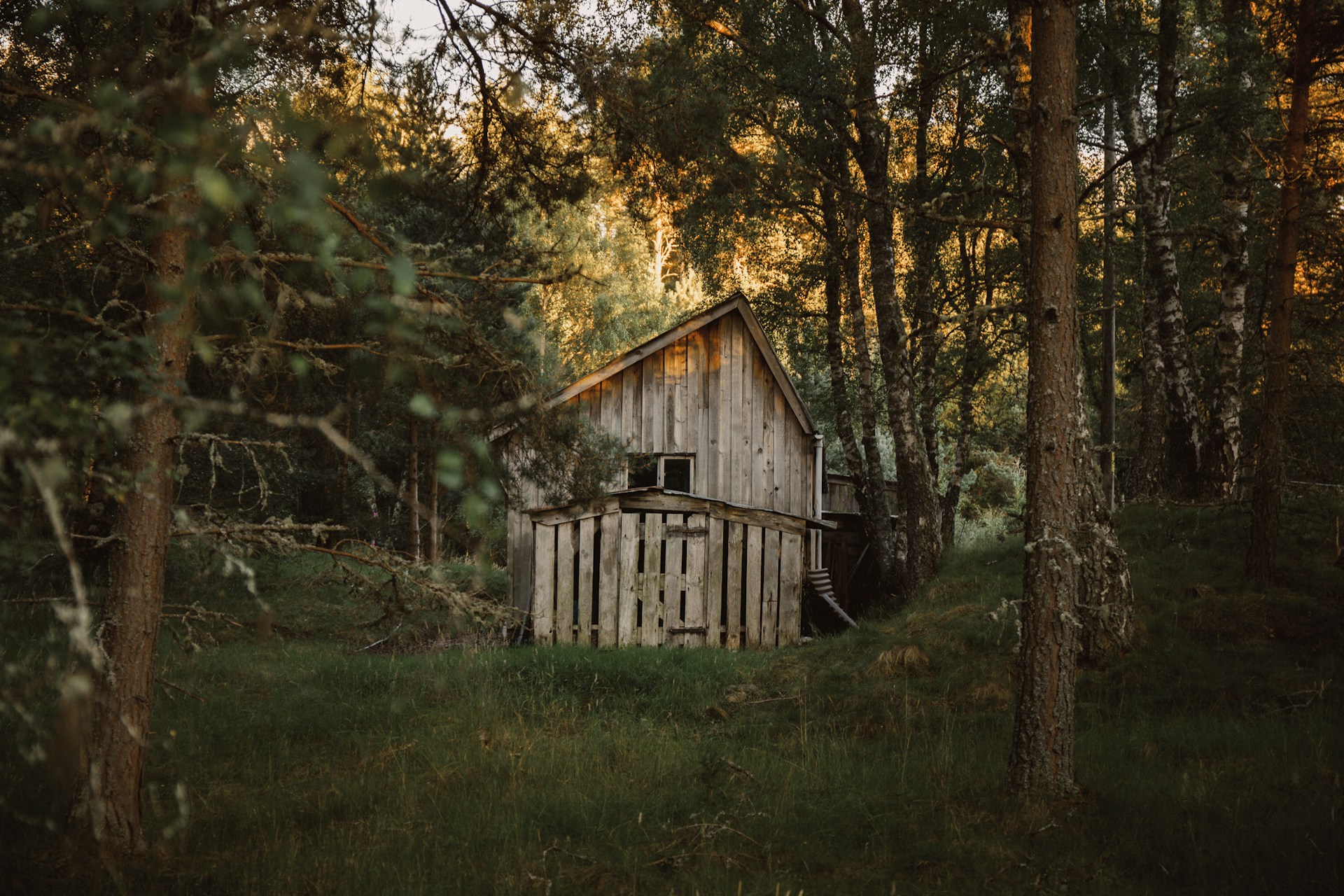Building a treehouse is a childhood dream for many and a whimsical project for adults who seek to recapture a bit of that youthful magic within the sanctuary of their gardens. However, when it comes to constructing a treehouse on a UK heritage property, the situation becomes intricate due to the various regulations and permissions required. This article aims to guide you through the maze of rules and considerations so that your treehouse project is both legally sound and equally enchanting.
Understanding Planning Permission and Permitted Development
When planning to build a treehouse in your garden, especially on a heritage property, understanding planning permission and permitted development rights is crucial. Permitted development allows certain works and changes to be carried out without needing to make a formal application for planning permission. However, these rights are more restrictive for heritage and conservation areas.
A lire en complément : How do you install a home automation system in a UK bungalow with minimal rewiring?
For treehouses, the height and position play a crucial role in determining whether you need planning permission. Typically, if your treehouse is more than 2.5 meters above ground level, you’ll need to apply for planning permission. Heritage properties often have additional restrictions, so it’s wise to start project discussions with your local planning authority to clarify what is allowed.
In the UK, Conservation Areas and Listed Buildings face strict controls to preserve their historic character. For instance, a listed building designation means that even minor changes can require detailed consent. Building your treehouse in a manner that respects the architectural and historical significance of your property will likely require planning and consultation with conservation officers.
A lire en complément : What are the best methods for insulating a UK home with timber-frame construction?
Critical Steps in the Design and Build Process
When you design and build a treehouse, especially on heritage properties, meticulous planning is your ally. Start by assessing the trees in your garden. Not all trees are suitable for supporting a treehouse. You will need healthy, mature trees with strong trunks and branches. Hiring an arborist to evaluate the trees’ condition can save you from investing in a potentially unsafe structure.
Next, create detailed house plans that incorporate both the aesthetic elements and the practical requirements of your treehouse. Collaborate with a designer who has experience in treehouse design and understands the constraints and possibilities of building within a tree canopy. Consider how the platform will be supported and the materials you’ll use. Environmentally friendly options that blend with the natural surroundings are often favored in heritage properties.
Engage with a structural engineer to ensure your design is safe and compliant with building regulations. Elements like rope bridges or elevated walkways need to be designed to minimize strain on the trees while providing safe access. The safety of the occupants, particularly if the treehouse is for children or family use, should be a primary concern.
Navigating the Approval Process
Navigating the approval process for building a treehouse on a heritage property involves multiple steps. Once your design is ready, you will need to submit a detailed planning application to your local council. This typically includes plans, elevations, and possibly a heritage impact assessment.
The council will review your application, considering factors like the treehouse’s impact on the heritage property’s character, its visual amenity in the conservation area, and the health of the trees. Public consultations may also be part of the process, allowing neighbors and other stakeholders to voice their opinions.
If your property is a listed building, you might also need listed building consent. This process can be more stringent, requiring detailed plans and justifications for how your design respects and preserves the property’s historical integrity. Engaging a heritage consultant can be beneficial in navigating these requirements and enhancing the chances of approval.
Keep in mind that the process can be time-consuming, often taking several months. Patience and thorough preparation are key. A well-documented application that addresses potential concerns proactively can significantly smooth the path to approval.
Ensuring Compliance and Safety
Ensuring compliance and safety in your treehouse construction is paramount. Once you have the necessary permissions, you must focus on the building phase. Select a reputable builder with experience in building treehouses and familiarity with heritage property requirements.
Safety standards should be strictly adhered to. This includes using high-quality materials, securing the structure properly to the trees, and incorporating safety features like sturdy railings and safe access points. Regular inspections of the treehouse and the supporting trees will ensure ongoing safety and compliance with regulations.
Consider the longevity and environmental impact of your treehouse. Sustainable materials and practices not only align with the ethos of preserving heritage properties but also ensure that your treehouse remains a treasured family space for years to come. Regular maintenance, including inspecting the health of the trees and the structural integrity of the treehouse, is essential.
Adding the Wow Factor
A treehouse on a heritage property offers a unique opportunity to create a family space that combines historical charm with whimsical appeal. Thoughtful design choices can add a wow factor that enhances both the treehouse and the property’s overall aesthetic.
Consider incorporating elements that reflect the historical context of your property. For example, using traditional construction techniques or materials that match the existing structures can create a harmonious blend. Elements like a rope bridge or a lookout tower can add adventure and excitement, especially for kids.
Incorporating innovative design features such as solar panels for lighting or rainwater collection systems can enhance the functionality and sustainability of your treehouse. These features also demonstrate a commitment to modern, eco-friendly practices, which can be particularly appealing in a conservation context.
Working with skilled craftsmen and designers who appreciate the historical significance of your property can result in a treehouse that is not only a delightful retreat but also a testament to thoughtful and creative design.
Building a treehouse on a UK heritage property is a rewarding project that demands careful navigation of regulations and thoughtful design considerations. By understanding the requirements for planning permission and permitted development, engaging in meticulous planning and design, and ensuring compliance and safety during construction, you can create a stunning and legally sound treehouse.
The wow factor of a well-designed treehouse can provide a magical escape for your family while respecting the historical integrity of your heritage property. Whether for children or adults, a treehouse that blends seamlessly with its surroundings can offer a unique and enchanting space that enhances your treehouse life.
In essence, the process may be complex, but the result – a beautifully crafted treehouse that stands as a testament to creativity, heritage, and family life – is well worth the effort. By adhering to these guidelines, you can embark on your treehouse project with confidence, creating a cherished family retreat that respects and enhances your unique heritage property.






